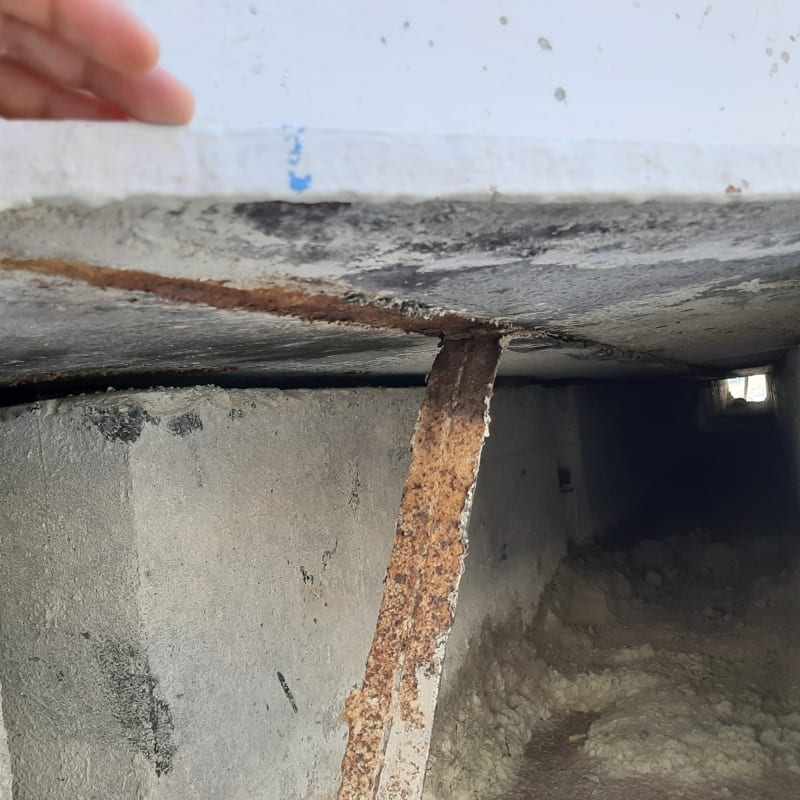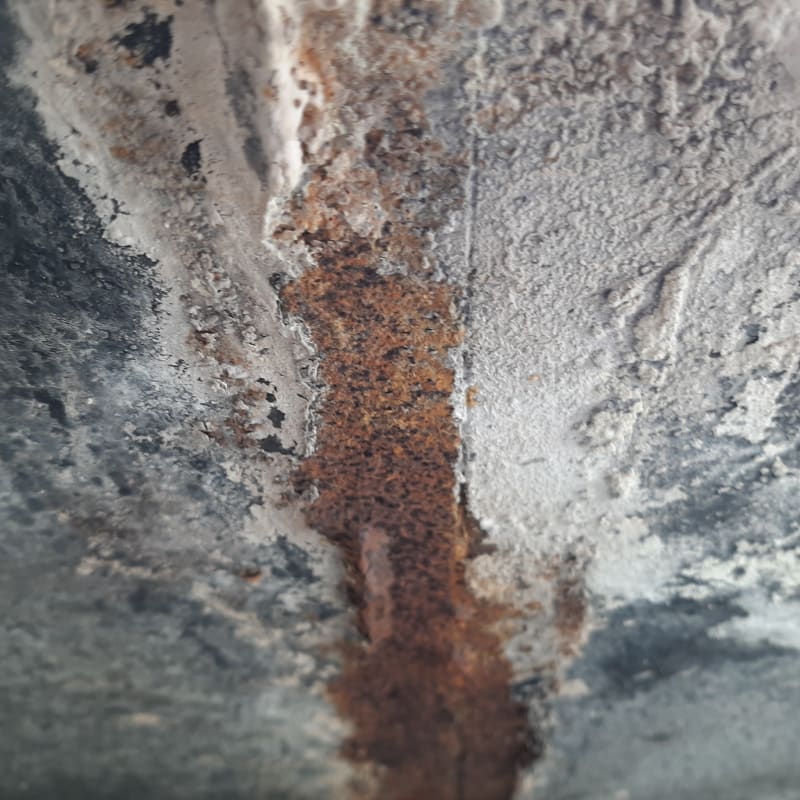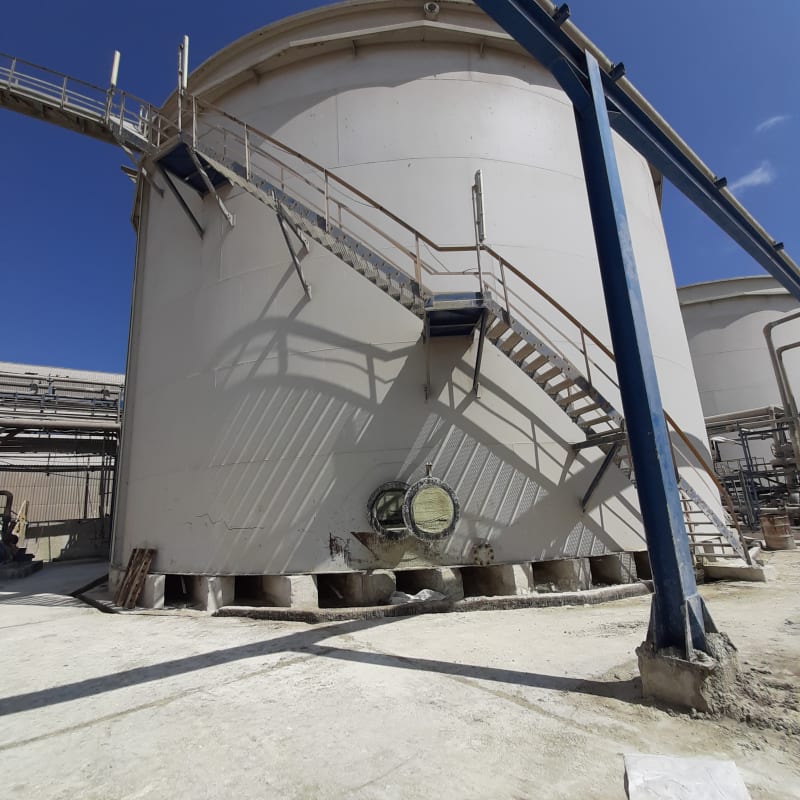ali-gct-meca
Industrial
- Sep 11, 2020
- 16
Dear mechanical engieers,
I have a 20 year old steel tank designed per API 650 with the following caracteristics:
- Stored fluid : Phosphoric acid
- Foundation : pile foundation system
- Coating : rubber inside coating
- A mixer is mounted on a steel bridge over the tank for continious stirring (6 rpm)
I have recently encountered a failure in the tank bottom throughout the backing strips (view photo)
PS: After inspection of the downside of tank bottom, I have noticed a degradation of the backing strips
Tank experts, could you please identify the origin of the failure and give me your recommendation on the repairs that must be executed
Thank you
I have a 20 year old steel tank designed per API 650 with the following caracteristics:
- Stored fluid : Phosphoric acid
- Foundation : pile foundation system
- Coating : rubber inside coating
- A mixer is mounted on a steel bridge over the tank for continious stirring (6 rpm)
I have recently encountered a failure in the tank bottom throughout the backing strips (view photo)
PS: After inspection of the downside of tank bottom, I have noticed a degradation of the backing strips
Tank experts, could you please identify the origin of the failure and give me your recommendation on the repairs that must be executed
Thank you



